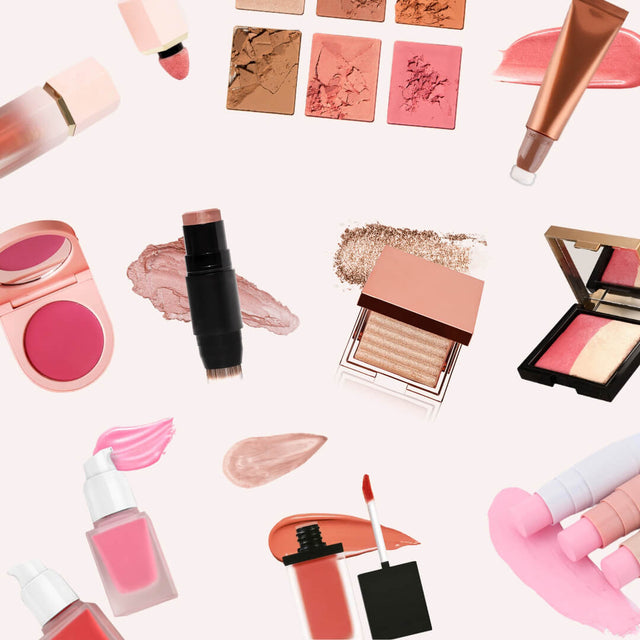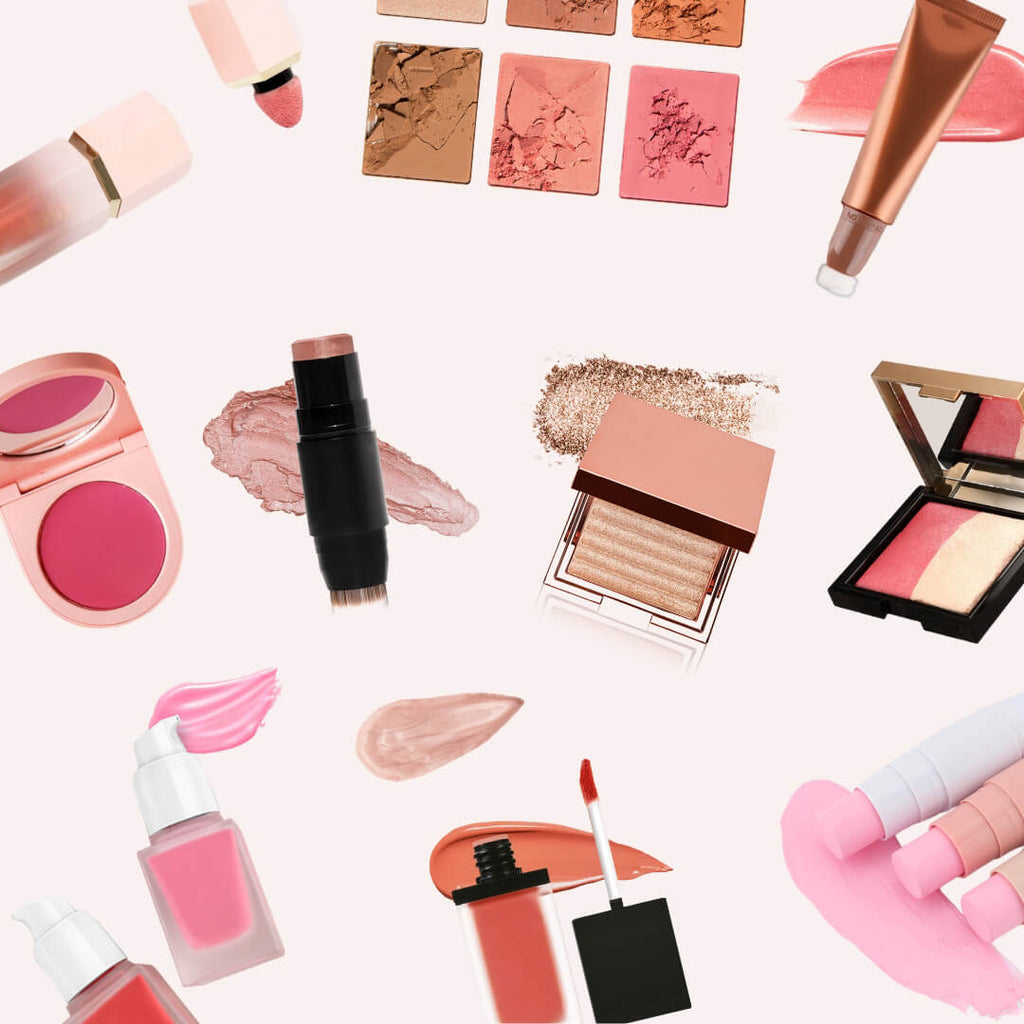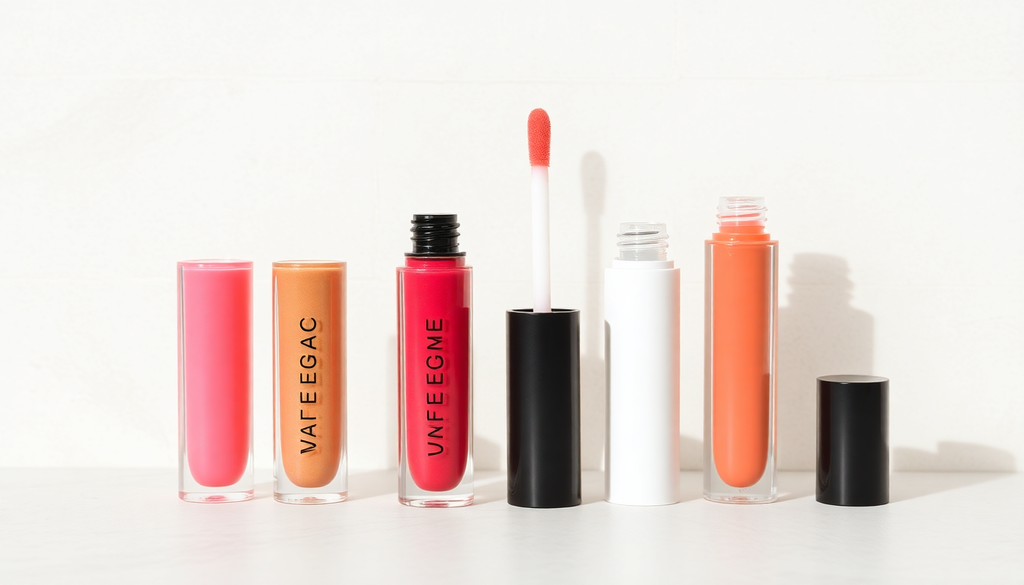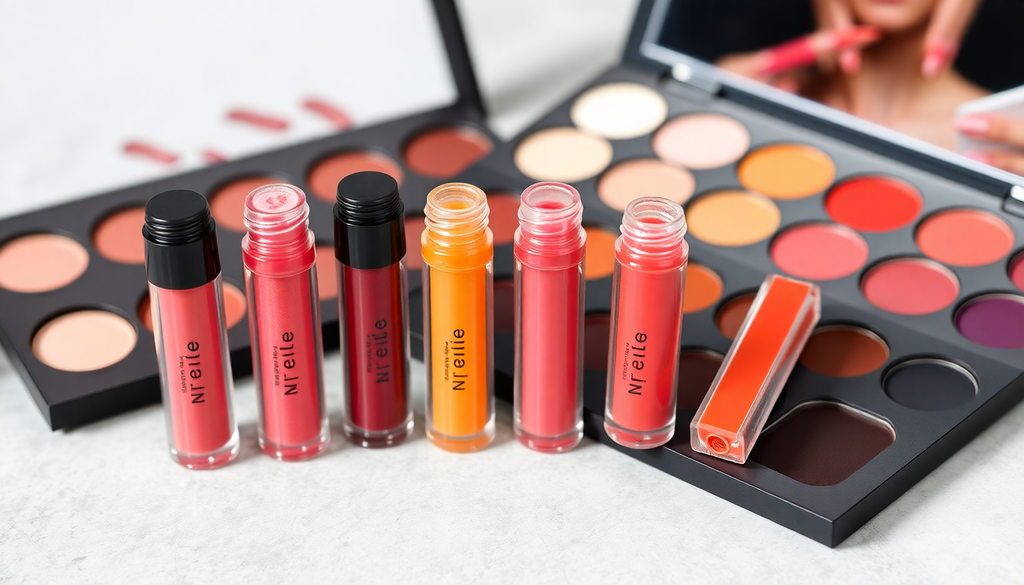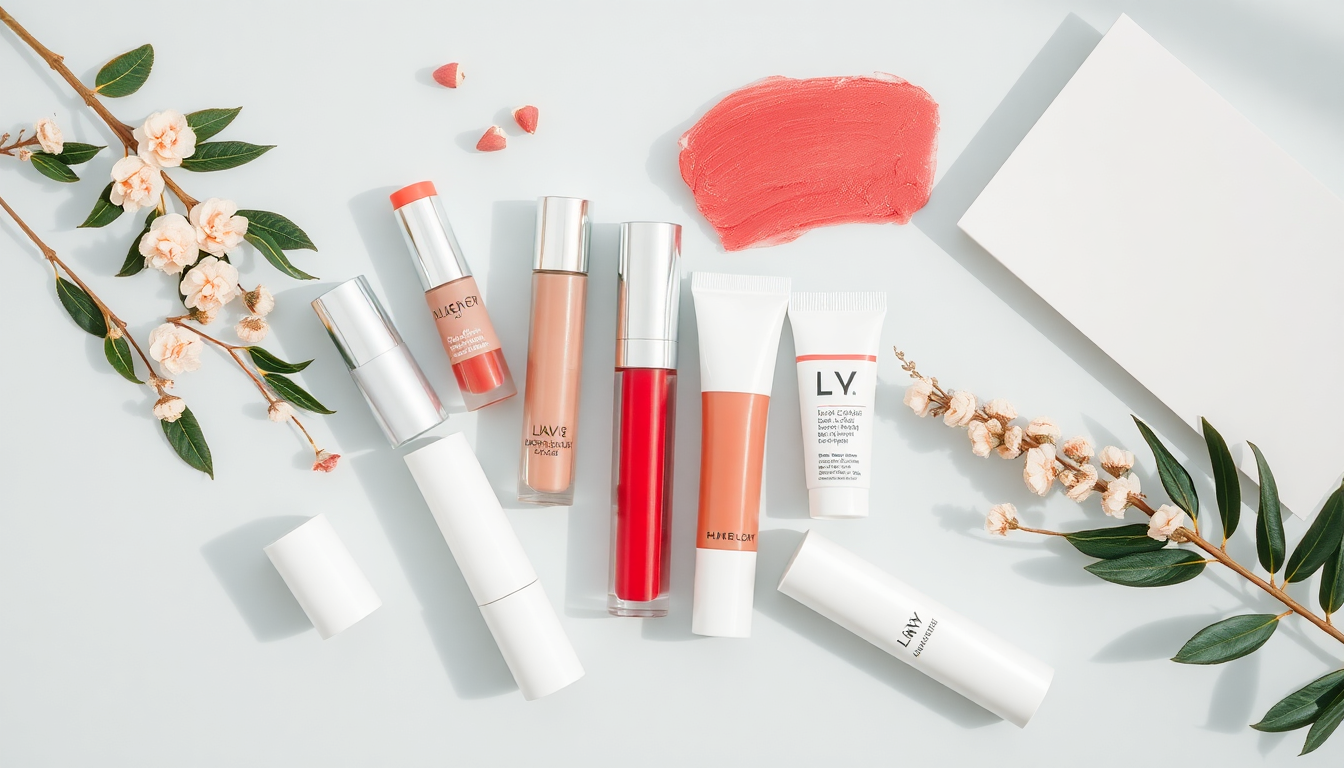
Budget-to-Boutique: A Beginner's Roadmap to Launching a Vegan Private-Label Lip Gloss with Low MOQ and True Unit Costs
Ultimate Guide to Launching a Vegan Private-Label Lip Gloss Like a Pro
Breaking into beauty with a private label lip gloss is one of the fastest routes from idea to revenue for founders on a budget. This guide expands the roadmap with expanded step-by-step manufacturing insights, realistic cost math, and launch-ready checklists so you can move from prototype to purchase order with confidence. Target audience: founders building a private label lip gloss line, exploring custom cosmetics with low MOQ, and committed to a vegan lip product.
Why Lip Gloss Is Your 2024-2025 Brand Launchpad
- Retail and trend trackers noted a resurgence in glossy finishes across social media and retailers during 2024, pushing demand for modern non-sticky formulas.
- Search interest and consumer conversations around vegan and cruelty-free beauty increased through 2024, making plant-based claims powerful conversion drivers for new brands.
- Investment in sustainable packaging and clean formulations continued to influence purchasing decisions, with consumers accepting modest premium pricing for perceived sustainability and transparency.
Analogy: Choosing your first five gloss shades is like building a capsule wardrobe for lips. Offer pieces that mix, layer, and seasonally refresh rather than dozens of single-use colors.
Step 1: Formula Foundations - What Beginners Must Know
Begin simple and scale complexity. For a beginner-friendly vegan lip gloss, prioritize slip, shine, and minimal tack using plant-derived emollients, vegan film formers, and cosmetic-grade pigments. A lean formula reduces testing burden and speeds time to market.
-
Essential formulation elements:
- Base oils: jojoba, fractionated coconut oil, or caprylic/capric triglyceride for clarity and skin compatibility.
- Film former: vegan polymers that deliver shine without stickiness.
- Thickeners: natural gums or synthetic thickeners that maintain viscosity without cloudiness.
- Pigments: mica and iron oxides suitable for lip use; ensure they are certified cosmetic grade and vegan.
- Antioxidants and actives: tocopherol or rosemary extract for extended shelf life.
Beginner-friendly formula strategy:
- Start with anhydrous (water-free) gloss bases to avoid expensive broad-spectrum preservatives and simpler microbial testing.
- Reduce pigment load to limit staining risk and lower raw material costs.
- Limit flavors and essential oils; they can complicate stability and allergy testing.
Checklist: Pre-formulation must-dos:
- Confirm supplier statements for vegan origin of oils and film formers.
- Request COAs for pigments and raw materials.
- Plan basic compatibility and accelerated stability tests before color approval.
Step 2: Packaging That Sells - Budget to Luxury Options
Packaging is both an expense and the single biggest driver of perceived value. With a focused low-MOQ private label approach you can test market response before investing in premium tooling.
-
Budget packaging options:
- Standard plastic wand tubes: low cost and widely available; values around 0.25 to 0.60 per unit at MOQs of 500+.
- Clear PET tubes with foam wands: slightly higher cost for better clarity and perceived luxury.
-
Mid-tier and premium options:
- Frosted PET or glass tubes, metal collars, bespoke applicators: add 0.70 to 2.00 per unit depending on finish and MOQ.
-
Sustainable alternatives:
- Bio-based polymers, PCR content, and refillable shells increase cost but resonate with eco-conscious customers. Expect a premium of 0.40 to 1.20 per unit.
Packaging checklist:
- Request physical samples before color approval and label mockup.
- Confirm cap and wand compatibility with formula viscosity.
- Ask about secondary finishing costs: pad printing, hot stamping, and shrink sleeves.
Step 3: Color Selection Science - From Pantone to Profit
Five starter shades provide coverage and simplify inventory. Design the palette to maximize cross-selling and layering potential.
- Recommended five-shade capsule:
- Universal Nude: the most-used SKU across customers.
- Sheer Pink: everyday wearable and social-friendly.
- Warm Coral: seasonal top-seller for spring/summer.
- Deep Berry: high-margin, high-visibility shade for autumn/winter.
- Sheer Shimmer Topper: repeat purchase driver and layering product.
Pantone pointers for 2025 trends: use cool nudes and rosy mid-tones as references when instructing your lab. Provide the lab with visual references and target opacity rather than relying solely on numeric color codes.
Step 4: Manufacturing Costs and True Unit Cost Breakdown
Understanding true unit cost unlocks realistic pricing and margin planning. Below is an expanded sample cost model at MOQ 500 for a vegan private label lip gloss.
- Raw materials: 0.45 to 1.00 per unit depending on pigment load and specialty actives.
- Primary packaging: 0.30 to 0.60 per unit for basic wand tubes; premium options add up to 2.00 per unit.
- Labeling and secondary: 0.10 to 0.60 per unit depending on printing method and cartons.
- Testing and regulatory amortized: 0.15 to 0.75 per unit. Includes stability, safety, and limited lab tests.
- Manufacturing labor and fill: 0.10 to 0.40 per unit at small runs.
- Freight and duty allocated per unit: 0.05 to 0.60 depending on shipping method and origin.
Estimated total true unit cost range: 1.15 to 4.95 per unit at MOQ 500, depending on choices. This is before margins and marketing spend.
Cost control tactics:
- Negotiate staggered MOQs for packaging vs finished goods to reduce inventory lock-in.
- Bundle testing costs across multiple SKUs when valid to lower per-unit testing amortization.
- Use off-the-shelf applicators for first runs and upgrade once SKU velocity is proven.
Pricing and Margin Example
Example math using a true unit cost of 2.00 per unit:
- Wholesale markup target: 2.2x cost leads to wholesale price around 4.40.
- Retail price guidance: 2.5 to 4x wholesale depending on distribution; expected shelf price 11.00 to 17.50.
- Target gross margin for direct-to-consumer: aim for at least 60% margin after COGS to support marketing spend.
Stability, Safety, and Compliance
Safety and stability are non-negotiable. Plan testing and documentation early to avoid costly reformulations and delays.
- Testing checklist:
- Stability testing: accelerated and real-time to detect separation, color change, and viscosity drift.
- Microbial testing: essential for water-containing products. For anhydrous gloss bases, confirm vendor microbial limits and preservative efficacy if needed.
- Chemical safety and ingredient declarations per target market (US, EU, UK require different declarations and potential registration).
Never skip stability testing! It is the single best insurance against returns and bad reviews.
Manufacturer's Corner: How We Make Lip Gloss Development Painless
Working with the right manufacturer turns unknowns into predictable steps. Here are the practical questions and red flags to use when evaluating suppliers.
-
Five critical questions to ask suppliers:
- Can you supply raw material COAs and vegan declarations for each ingredient?
- What are your minimums for color matching, mini runs, and packaged finished goods?
- Do you offer in-house stability and microbial testing, and will you share reports?
- What is your lead time for sample approval, pilot run, and production for MOQ 250, 500, and 1,000?
- Can you provide a full landed cost including packaging, testing, freight, and duties so I have one number to plan against?
-
Red flags:
- Supplier refuses to disclose material origins or testing results.
- Hidden fees for color adjustments or claims about MOQ without documentation.
- Unclear lead times or inability to provide referrals from other brands.
Marketing, Go-to-Market and Wholesale Strategy
Plan launch channels that align to your cost structure and brand ambitions.
- Direct-to-consumer: highest margins but requires investment in marketing and fulfillment.
- Wholesale and boutiques: lower margins but faster volume. Prepare sample kits and wholesale pricing tiers.
- Subscription and gifting bundles: excellent ways to improve lifetime value and repeat purchase for gloss toppers and bundles.
Launch checklist:
- Create clean product pages with high-quality imagery and shade swatches.
- Provide swatch videos and texture descriptions highlighting non-sticky performance.
- Build a sample kit for retailers and influencers to speed adoption.
Operational Timeline Example
- Weeks 1-2: Concept and initial supplier outreach; request samples and COAs.
- Weeks 3-6: Lab work, color matching, and first stability cycle for prototypes.
- Weeks 7-10: Finalize packaging, label artwork, and pre-production sign-off.
- Weeks 11-16: Production run, QA, and shipping; factor customs clearance and delivery time.
Three Actionable Checklists to Keep Handy
- Formulation approval checklist:
- Vegan documentation for each raw material
- Stability and texture sign-off
- Approved pigment load and opacity
- Packaging approval checklist:
- Physical samples of tube, cap, and wand
- Label placement mockup and barcode verification
- Compatibility test of wand with finished formula
- Pre-launch operations checklist:
- Full landed cost doc including testing amortization
- Marketing assets and sample kit ready
- Distribution and fulfillment plan signed off
Final Takeaways and Next Steps
Key takeaways:
- Start with a lean, anhydrous vegan lip gloss base to reduce testing and speed to market.
- Choose five strategic shades to maximize sell-through and reduce inventory complexity.
- Calculate true unit cost by including testing, freight, and packaging amortized across MOQ so pricing decisions are realistic.
- Vet manufacturers for transparency on COAs, vegan declarations, and in-house testing capabilities.
Never skip stability testing! and always request full material documentation when claiming vegan or cruelty-free. Launching is a balance between speed and diligence; start small, prove demand, then iterate toward boutique finishes.
Ready to formulate and get precise low-MOQ costing? Request our Lip Gloss Starter Kit and a custom low-MOQ pricing sheet on our [CONTACT PAGE].

